How to Minimize Your Impact on Wildlife While Traveling

How to Minimize Your Impact on Wildlife While Traveling
As we explore the world, it’s essential to remember that our travels can have significant impacts on the wildlife we encounter. Whether you’re trekking through the Amazon rainforest or simply enjoying a beach vacation, your actions can either harm or help the local wildlife. In this article, we’ll explore practical tips and strategies for minimizing your impact on wildlife while traveling, ensuring that your adventures are both enjoyable and sustainable.
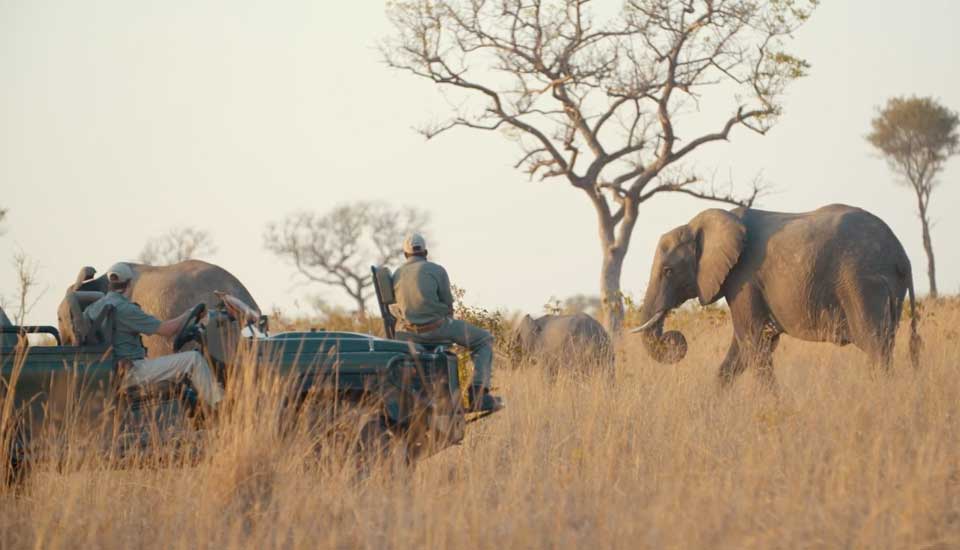
Understanding the Importance of Responsible Wildlife Tourism
Why It Matters:
Responsible wildlife tourism is crucial for several reasons:
-
Conservation: It supports conservation efforts by funding wildlife protection initiatives and promoting habitat preservation .1 .3.
-
Education: It provides educational opportunities, allowing travelers to learn about animals, their habitats, and conservation challenges .6 .7.
-
Community Support: It generates economic benefits for local communities, encouraging them to view wildlife conservation as a valuable resource .3.

Practical Tips for Responsible Travel

1. Research Your Destinations and Operators
Before booking a tour, research the destination and tour operator. Look for operators that prioritize animal welfare and environmental conservation. Check for certifications or affiliations with reputable conservation organizations .6 .7.

2. Stay on Designated Paths
When exploring natural habitats, stick to designated trails to avoid trampling vegetation or disturbing nesting areas .1 .4.

3. Maintain a Safe Distance
Respect animals’ personal space by keeping a safe distance. Use binoculars or telephoto lenses for closer views without disturbing them .1 .7.
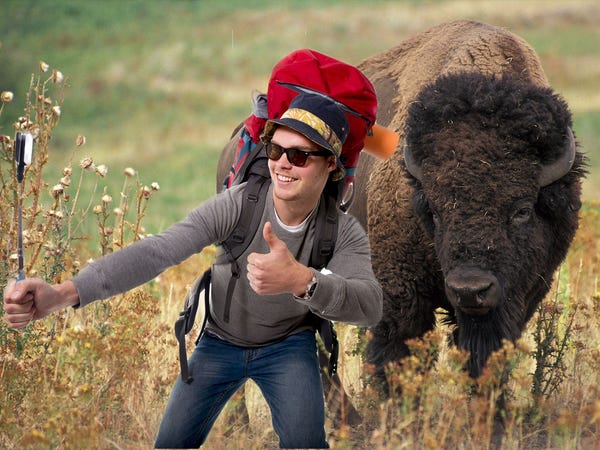
4. Avoid Flash Photography
Flash photography can startle animals, so it’s best to avoid using flash when taking photos .1.

5. Follow Guidelines and Regulations
Always follow guidelines provided by tour operators or park authorities. These are in place to protect both animals and visitors .1.
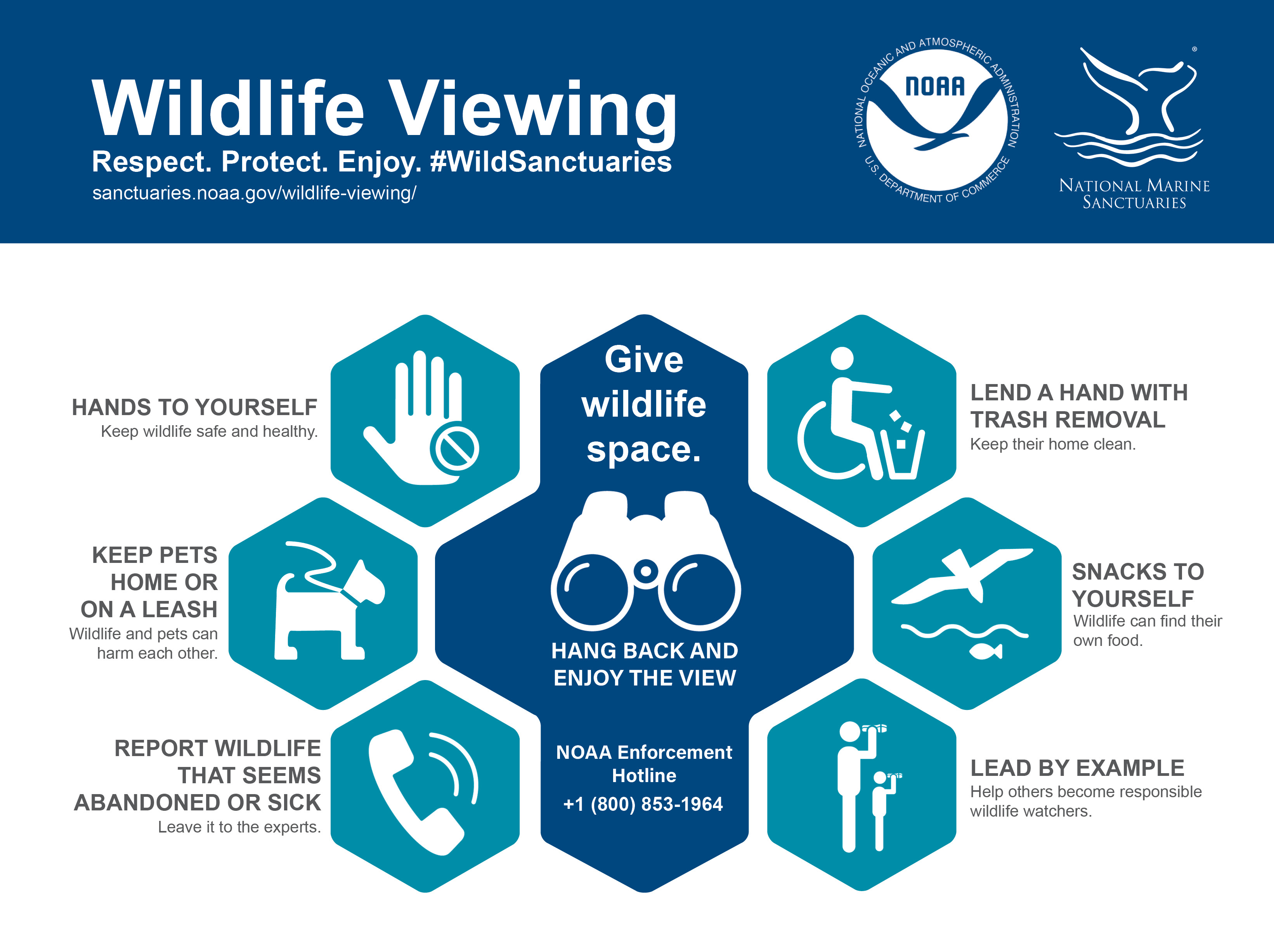
6. Leave No Trace
Pack out all trash and litter, including food scraps and toilet paper. This helps maintain the natural environment and prevents pollution .5.

7. Support Local Conservation Efforts
Consider donating to reputable conservation organizations or supporting local initiatives that protect wildlife and their habitats .1 .3.
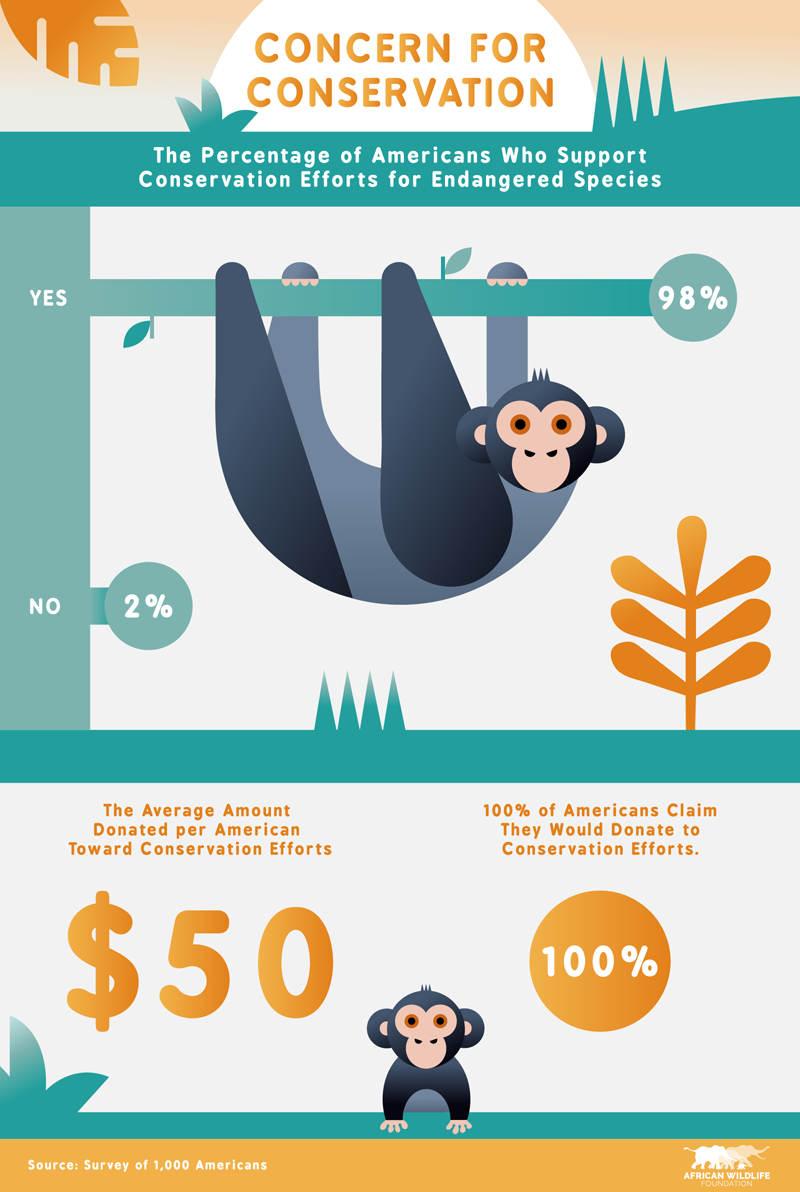
8. Avoid Unnatural Interactions
Say no to attractions that promote unnatural interactions with wildlife, such as petting or riding animals .6 .5.
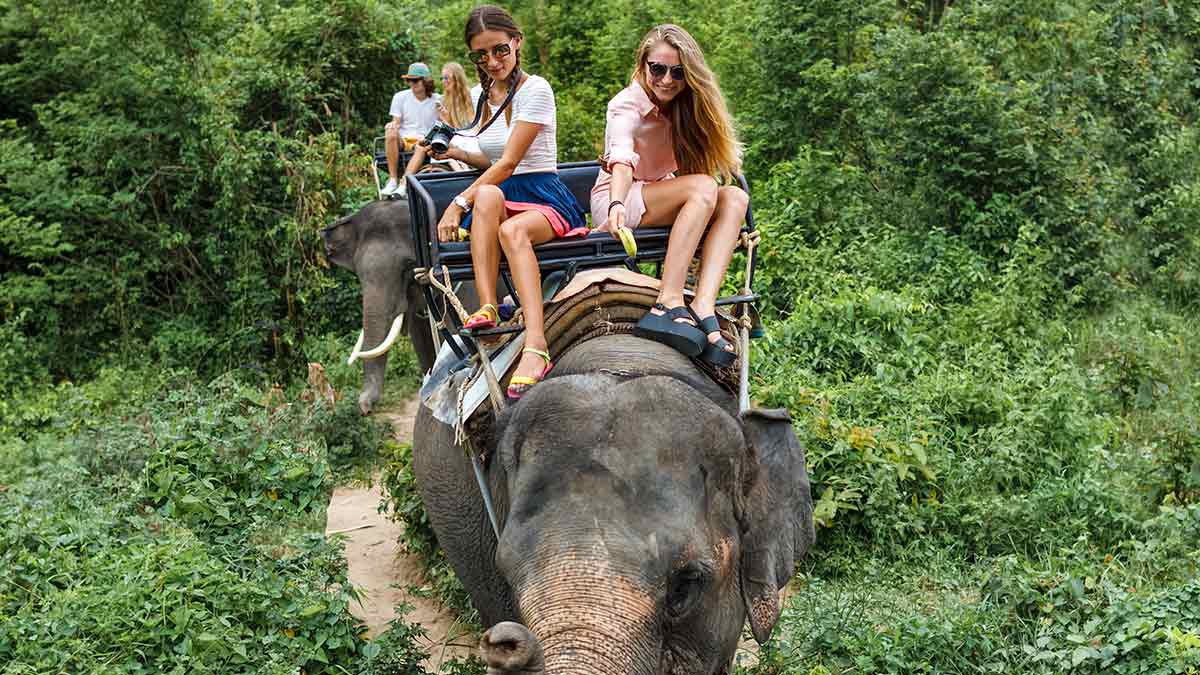
9. Educate Yourself
Learn about the wildlife you encounter, including their behaviors and habitats. This helps you appreciate their natural behaviors and respect their space .11.

Choosing Eco-Friendly Accommodations
When selecting accommodations, opt for eco-lodges or hotels that prioritize environmental sustainability. These establishments often implement renewable energy, water-saving measures, and offer locally sourced products .4. By choosing such accommodations, you’re supporting sustainable practices in the travel industry.

Supporting Local Communities
Supporting local communities is integral to responsible wildlife tourism. Here are some ways to do so:
-
Dine Locally: Choose local eateries over chain restaurants to support the local economy .4.
-
Shop Locally: Purchase souvenirs from local artisans to preserve traditional crafts and support local families .4.
-
Participate in Local Activities: Engage in workshops or classes that teach local crafts, cooking, or music .4.

The Impact of Transportation on Wildlife
Transportation can significantly affect wildlife, particularly through noise pollution, air pollution, and habitat disruption. Here are some ways to mitigate these impacts:
-
Use Public Transport: Opt for public transport or active travel options like walking or cycling when possible .2.
-
Offset Carbon Emissions: Consider offsetting your carbon emissions from flights by investing in carbon offset projects .







